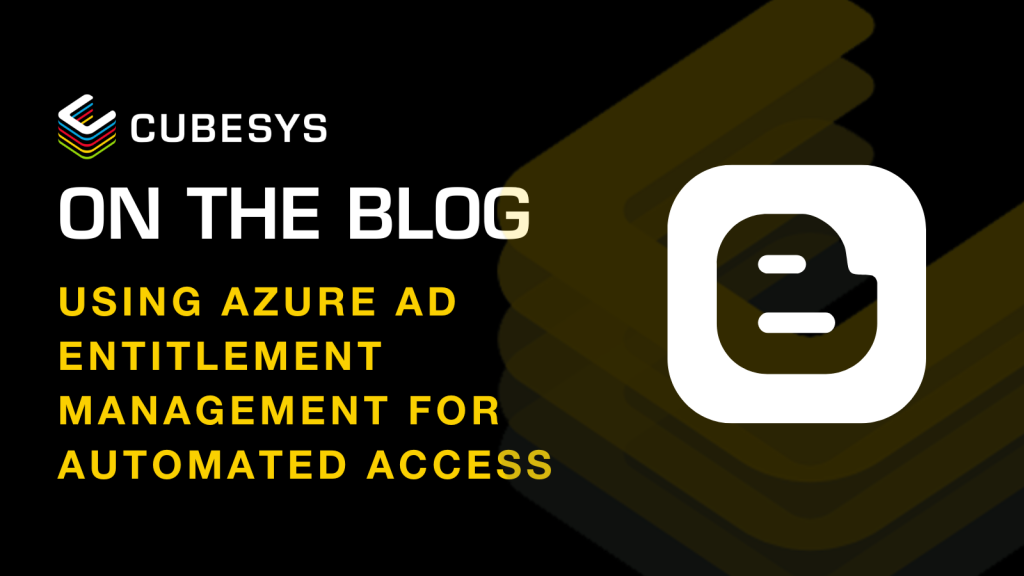Azure AD Connect – A new version of Azure AD Connect has been released and supports the v2 endpoint API
By now, you should already know that Azure Active Directory Connect (AAD Connect) is the directory synchronization tool used to synchronize your...



